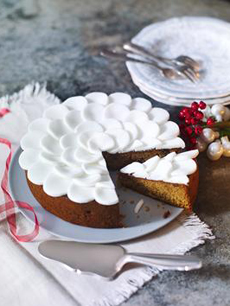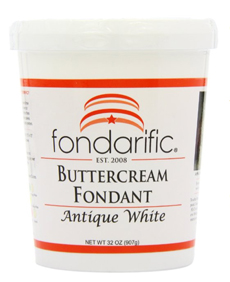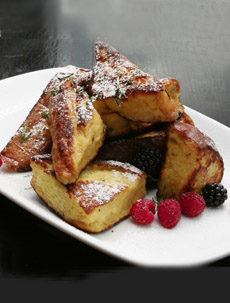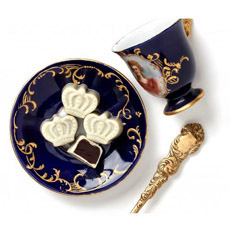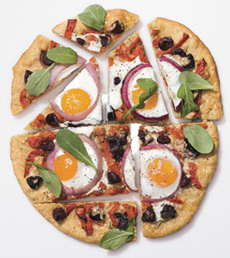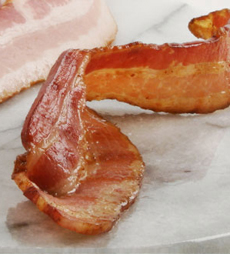|

[3] Parisian pâtissièr Pierre Hermé bakes round loaves of brioche (photo © Pierre Hermé).

[4] A brioche roll—specifically, brioche à tête, with a “head” (photo © Elena Moiseeva | iStock Photo).
|
|
WHAT IS BRIOCHE
Brioche (bree-OASH) is light, slightly sweet bread made with eggs, yeast and butter, and glazed with an egg wash. Richer than a standard loaf of bread, brioche is used as a breakfast bread, for French toast and in combination with luxurious first courses such as foie gras and smoked salmon.
A standard brioche loaf is called brioche Nanterre, after the commune in the western suburbs of Paris.
The style of rolls baked in fluted tins with a small ball of dough crowning the top are called brioche à tête—brioche with a head (see photo above).
Almond brioche is sliced from a loaf of brioche, cooked so it looks like French toast, and topped with frangipane (crème pâtissière flavored with ground almonds), sliced almonds and powdered sugar.
Orange brioche is filled with orange cream an topped with sugar.
Brioche is made in rolls and loaves, and also in gingerbread men-type shapes topped with sugar.
The word comes from Old French, broyer, to knead. The expression, “If they have no bread, let them eat cake,” commonly mis-attributed to Queen Marie-Antoinette (1755-1793), wife of Louis XVI. There’s more about this below.
THE HISTORY OF BRIOCHE
The word brioche first appeared in print in 1404. The recipe is believed to be based on a traditional Norman recipe, a form of which may have been brought to Gaul by the Romans (but Southern Europe was not focused on dairying, hence no butter, using olive oil instead).
The sweetness of the bread led it to be served as a pastry or as the basis of a dessert, with many local variations adding other ingredients, fillings and toppings [source].
Brioche is the best bread for French toast and bread pudding, and also famously served with foie gras and other meat-based terrines and mousses.
The philosopher Jean-Jacques Rousseau, in his 1783 autobiography “Confessions,” writes that “a great princess” is said to have advised, regarding what to do about starving peasants, “S’ils n’ont plus de pain, qu’ils mangent de la brioche”. This is commonly translated as “If they have no bread, let them eat cake.”
After publication, it was speculated that these words of compassion and noblesse oblige [not!] actually referred to Maria Theresa of Spain (1638-1683), the wife of Louis XIV (her husband’s paternal grandmother), or various other aristocrats. If so, Marie-Antoinette may have known, and repeated, the phrase, which has since been attributed to her.
Either way, both aristocratic ladies, who never went without, could have used some compassion.
|
